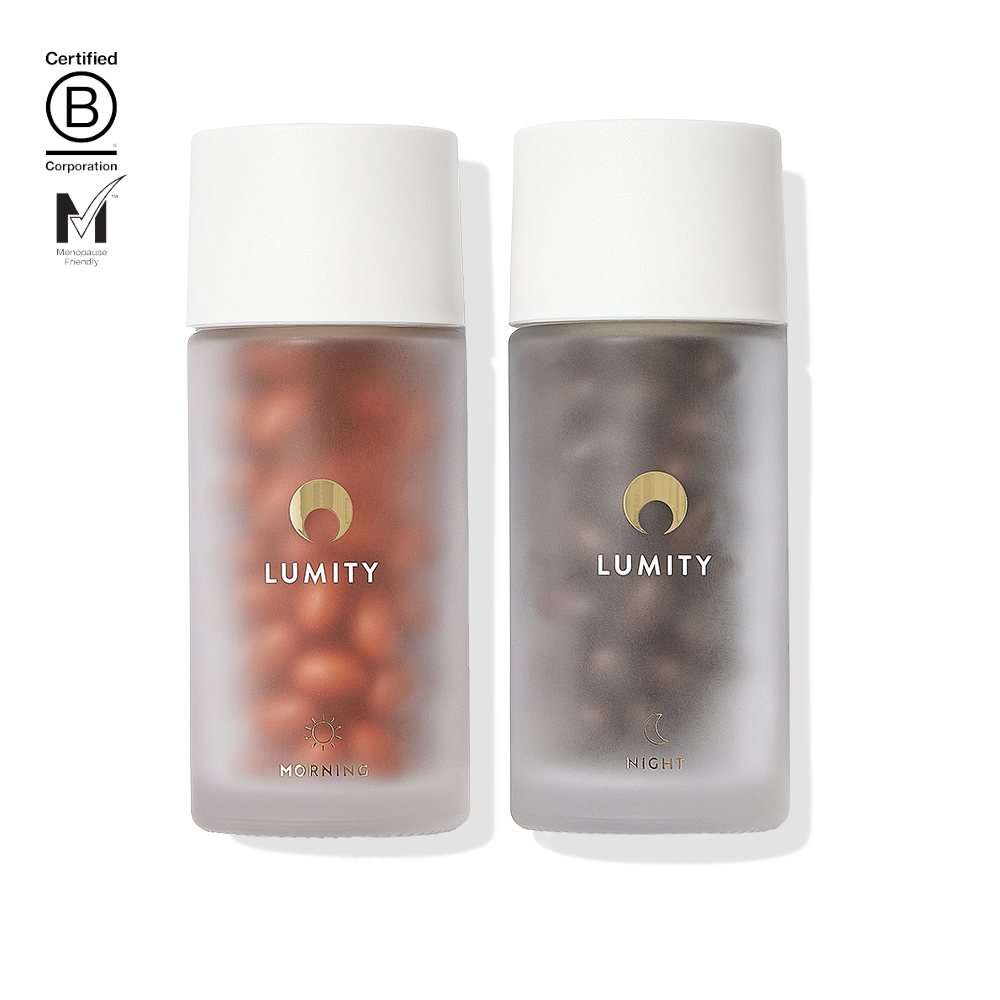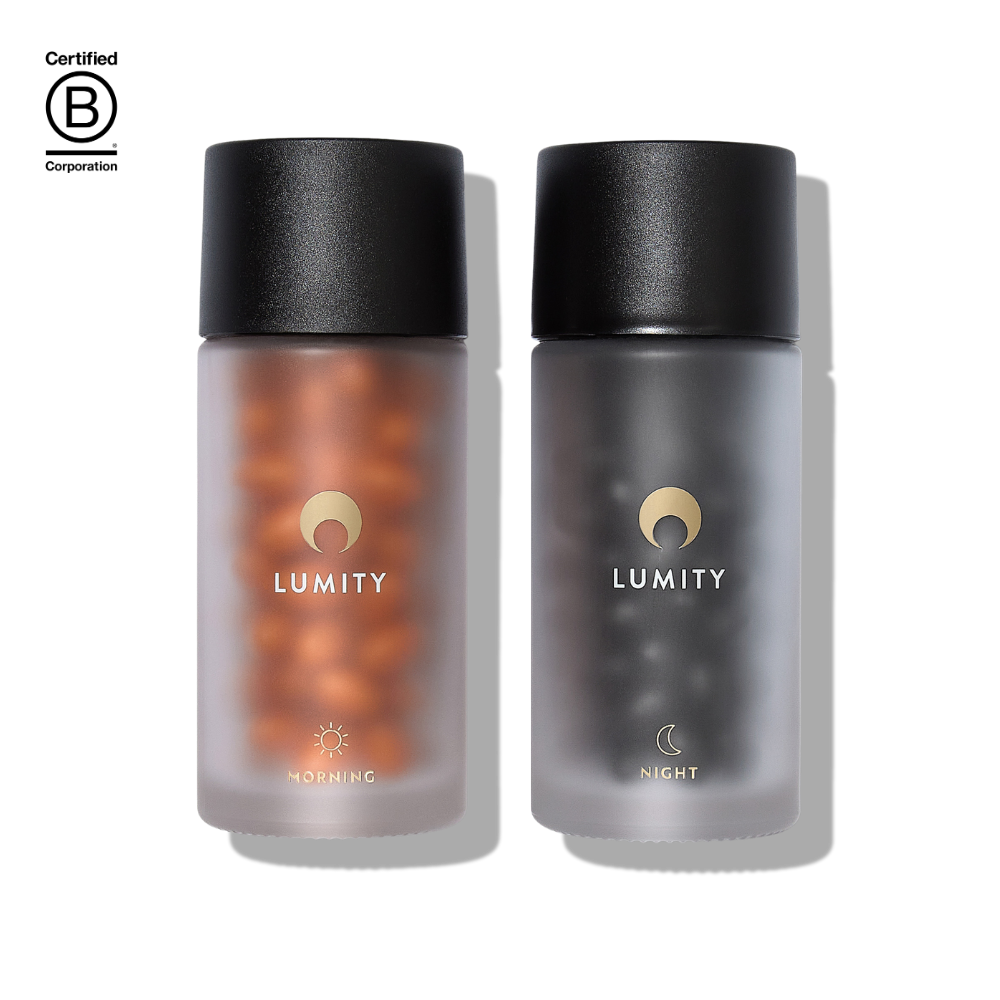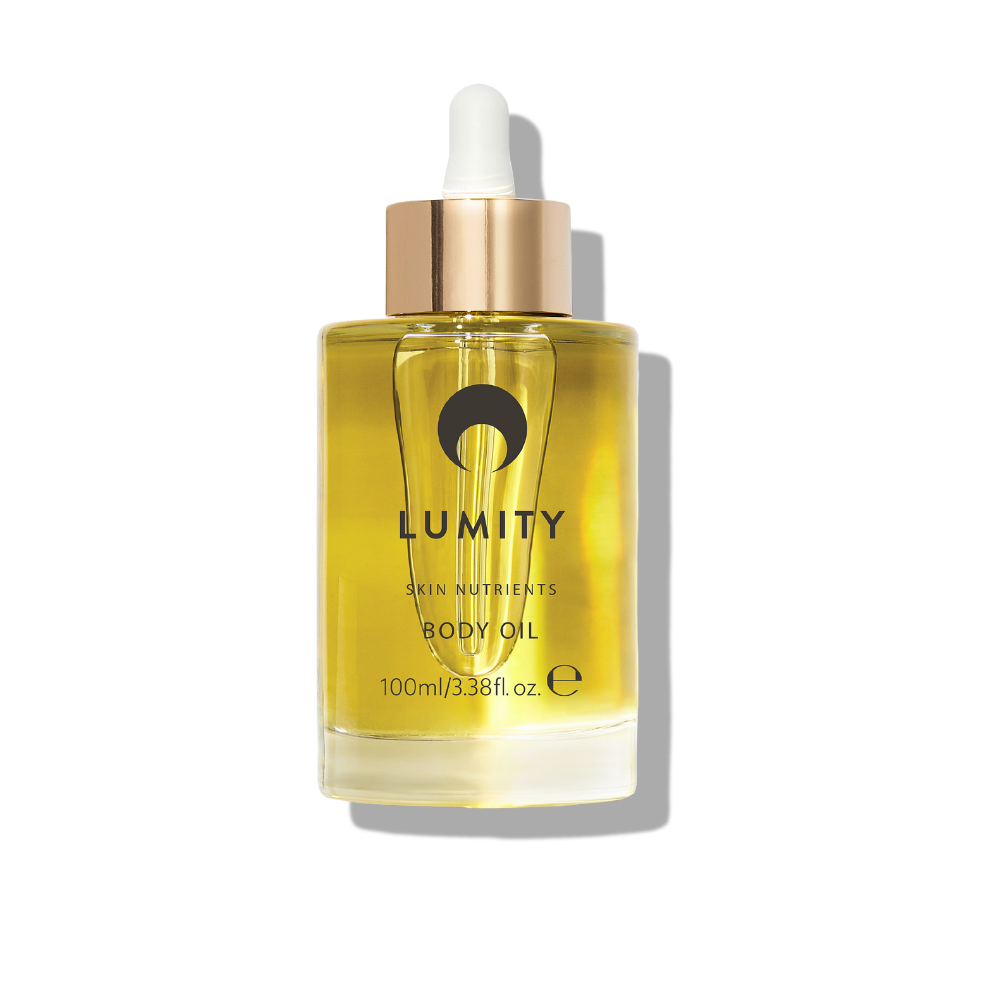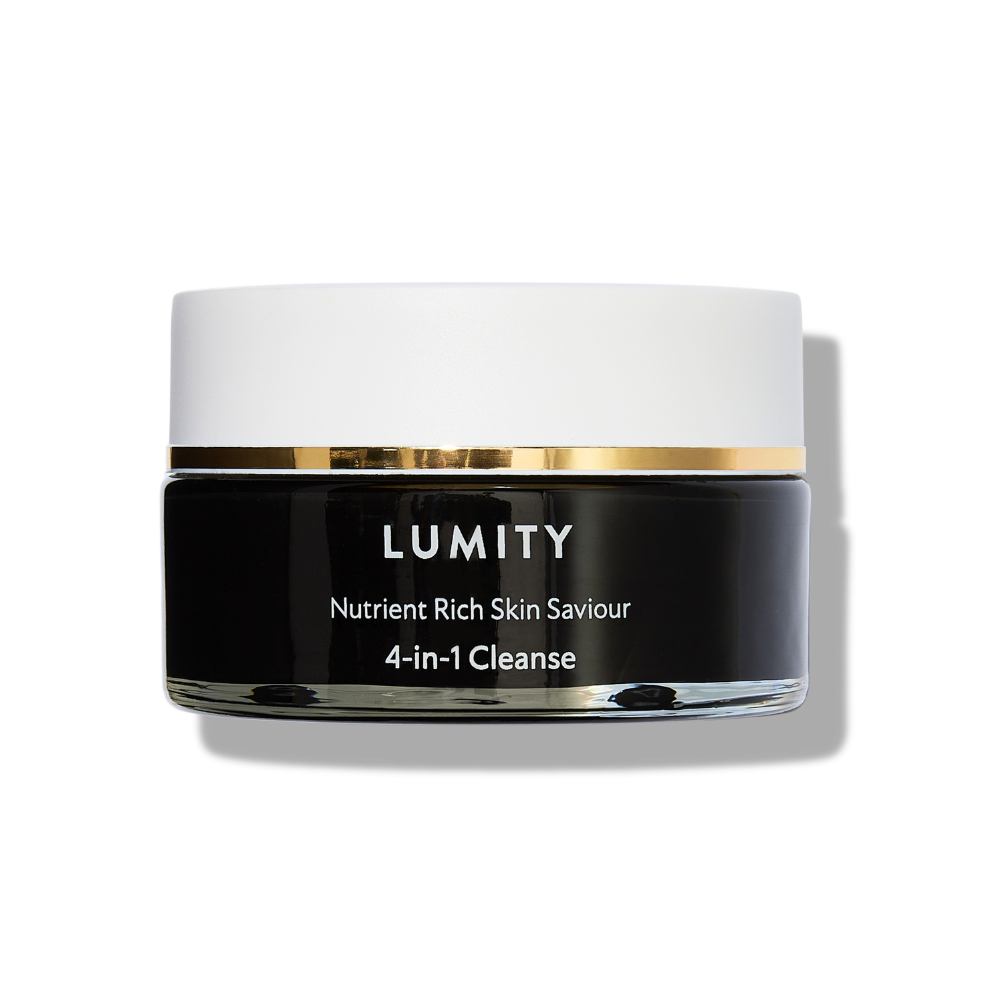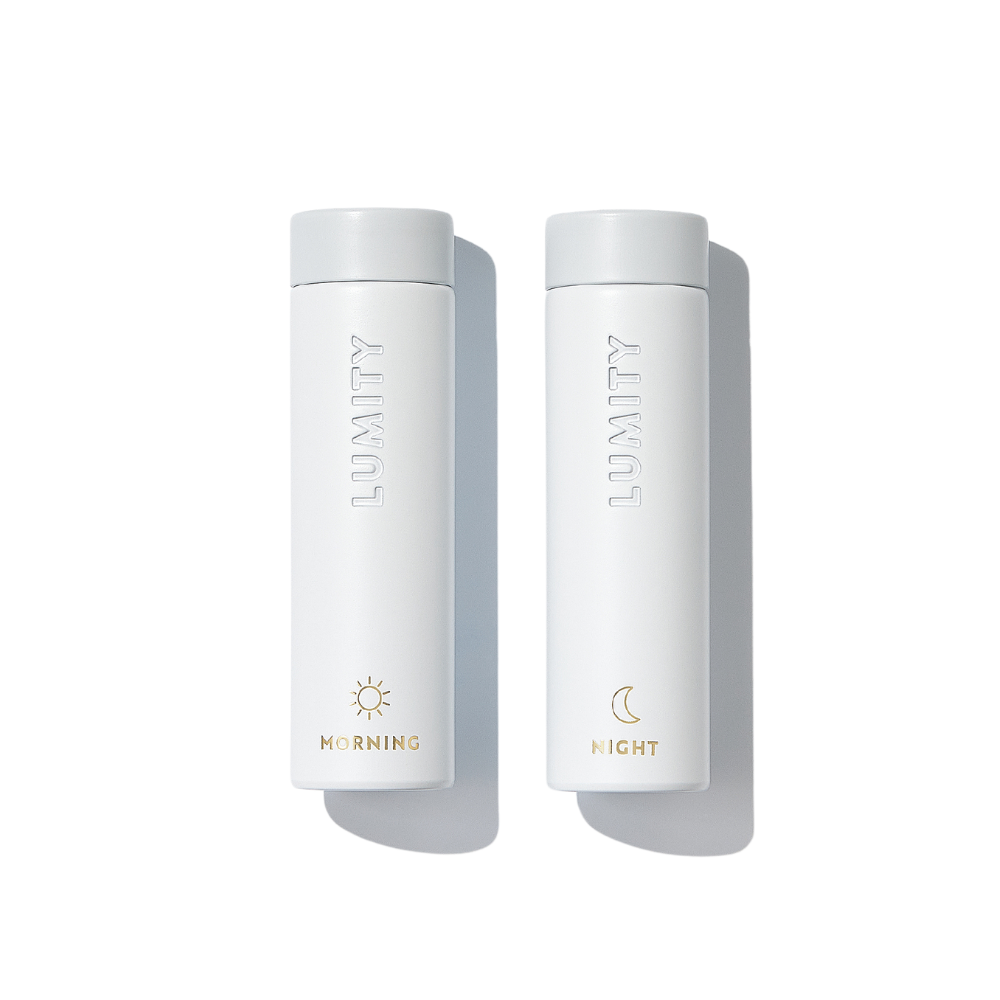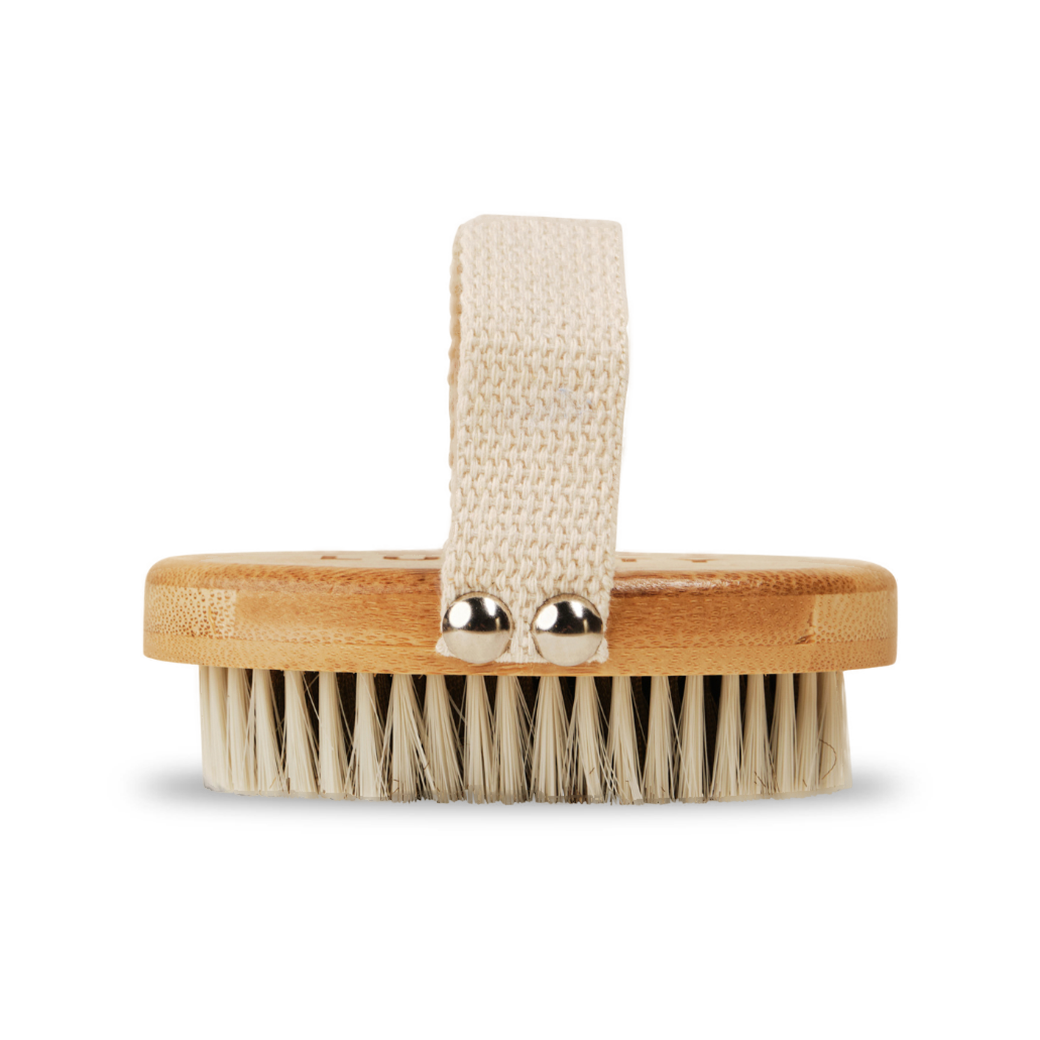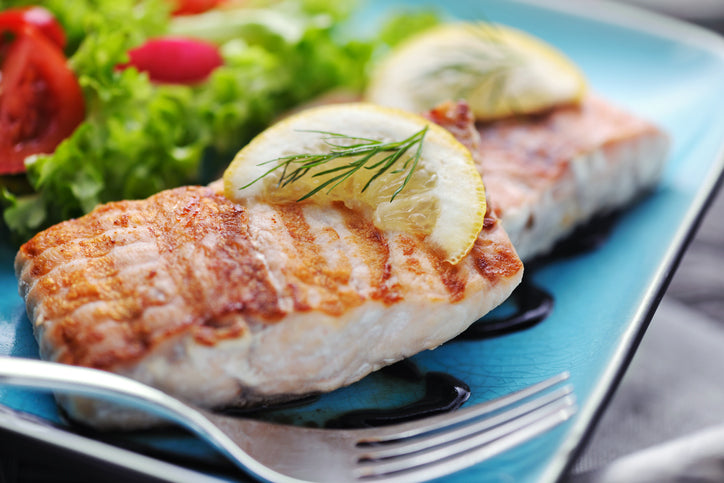How to make your own healthy probiotics at home

Probiotics are everywhere now and their health benefits are seemingly endless. Making your own kefir is simple and fun – here’s everything you need to know.
The chances are that you have heard of probiotics and are aware that adding them to your diet is likely to be beneficial. But did you know that as well as helping with seasonal depression, anxiety, IBS, weight loss, acne, eczema, allergies, boosting immunity and steering clear of coughs and colds, that probiotics can also help you look and feel younger?
Donna Gates, who founded Body Ecology, explains: “Your body already holds the key to youthful energy and appearance. It’s your inner ecosystem, teaming with healthy microflora (good bacteria and yeast, also known as probiotics) that reside in your intestines, keeping you healthy, strong… and yes, youthful.
“Unfortunately, most people today have damaged inner ecosystems from environmental toxins, processed foods, drugs and a stressful lifestyle. We don’t notice this as much when we’re younger because we tend to bounce back faster. However, as we age, we start to notice issues in our health, skin, weight or muscle tone that make us wish we could turn back the clock.
“You can go a long way to building youthful vitality inside and out when you re-establish a thriving inner ecosystem.
“Adding healthy bacteria, or probiotics, into your diet is key. Probiotic literally means “for life,” and probiotics like lactobacillus, plantarum and bifidis help immune cells fight disease, prevent diarrhoea and constipation, protect the mucous lining of the intestine, assist digestion and provide nutrients for building blood. They also manufacture B vitamins and vitamin K right down inside your intestines where they are immediately absorbed. They are the most efficient way to obtain vitamin B-12.”
An easy way to consume probiotics is by drinking kombucha which is a deliciously fruity, fizzy drink that makes a fantastic alternative to soda. You can find it in most health stores these days, or you can make your own. I’ve tried making my own, with varying degrees of success, but it is an art that takes a lot of patience and a while to perfect – so most of the time I buy it. Kids love it and kombucha is a great way to keep them healthy during coughs and colds season.
However, the simplest probiotic which I’ve found to make at home is kefir. I’m incredibly busy, but kefir takes a matter of minutes to make and it’s fun, as well as delicious. The end result tastes pretty much like Greek yoghurt and you can add fruit, or raw honey and drink it, or pour it on your cereal in the morning. I eat mine with a helping of blueberries, goji berries and a drizzle of honey. It’s known as the feel good drink, and it definitely helps with the blues that can come with seasonal transitions.
Here’s how you make it. First, find a reliable source to buy your kefir grains from. There are a number of companies that sell high quality kefir grains online. Check the reviews, and you’ll know immediately if it’s a decent source. Get the live ones, rather than the dried starter kits, and make sure they’re being sent from somewhere fairly local to you, as kefir grains don’t do well when they have to travel too far. (Definitely buy from the same country as you.)
The starter culture is usually about 20 g, which is the size of four teaspoons, and looks a bit like puffy grains of rice in milk. It’s teaming with live, but good-for-you bacteria. Next, you need to find a really good source of milk. I order raw, unpasteurised organic milk from my local farmer; it’s decadent and creamy, resulting in a lovely thick, delicious kefir.
Kefir experts say that the very best kind of milk to use is raw goat’s milk, but you can use any kind of milk you like – almond, skimmed, full fat, or pasteurised. I have been told that full fat unpasteurised milk is also full of probiotics, so I put aside my fears about weight gain and use that. And, rest assured, kefir does not make you gain weight – it speeds your metabolism up because it helps your gut to function efficiently.
Once you have your milk picked out and your kefir grains, all you need to do is add the grains and the milk to a large glass. A mason jar is perfect for this, but you can use a normal glass if you want. If you have a starter culture that’s the size of four teaspoons, then about half a pint of milk is the perfect amount. Take a clean piece of muslin cloth, or kitchen paper towel, and pop it over the top of the glass and put a rubber band, or piece of string around the edge, securing it on the top. Then leave on your kitchen counter, away from direct sunlight for 24 hours.
When 24 hours has passed, you just need to take a plastic strainer (like one you’d use for straining vegetables, or rice) and gently pour the kefir into a bowl, making sure the strainer catches the kefir grains, and it’s ready to use. Put the kefir grains in a fresh supply of milk and the process starts all over again. Sometimes if your grains have been posted to you, they say to leave the grains in half a pint of milk for 48 hours which revitalises them after travel, then throw the milk they were in away and then after they’ve been in fresh milk for another 24 hours, they are ready to consume.
That’s pretty much it! Here’s an easy how to video, which explains the process really well.
Once you’re in the habit of making kefir, it takes a few minutes every day. You can leave the kefir to ferment for longer if you wish, some people say 48 hours is the perfect time. You’ll be able to see when it’s ready because it thickens and goes clumpy and after a few days of making it, you’ll find that perfect method for you. The longer you leave it, the more tangy it tastes, but in a really good way. It’s best to keep kefir to ferment on the kitchen counter as if you put it in the fridge it slows the process down, and eventually the grains go to sleep (you can leave them in milk in the fridge when you go on holiday and they’ll be fine when you get back).
As well as drinking or eating kefir like yoghurt, you can use kefir in a number of recipes; some people use it for pancake batter, cakes, milkshakes, scones and even cheese.
If you don’t like milk, then you can also make water kefir, which is the same process, and you can use coconut water, or spring water and add berries to the end result. I personally prefer milk kefir but it’s all a matter of preference.
Not convinced yet? – here’s the full list of the nutritional benefits of kefir.
A 175 ml (6 oz) serving of milk kefir contains:
Protein: 6 grams.
Calcium: 20% of the RDA.
Phosphorus: 20% of the RDA.
Vitamin B12: 14% of the RDA.
Riboflavin (B2): 19% of the RDA.
Magnesium: 5% of the RDA.
A decent amount of vitamin D.
This adds up to roughly 100 calories, 7-8 grams of carbs and 3-6 grams of fat, depending on the type of milk that is used.
